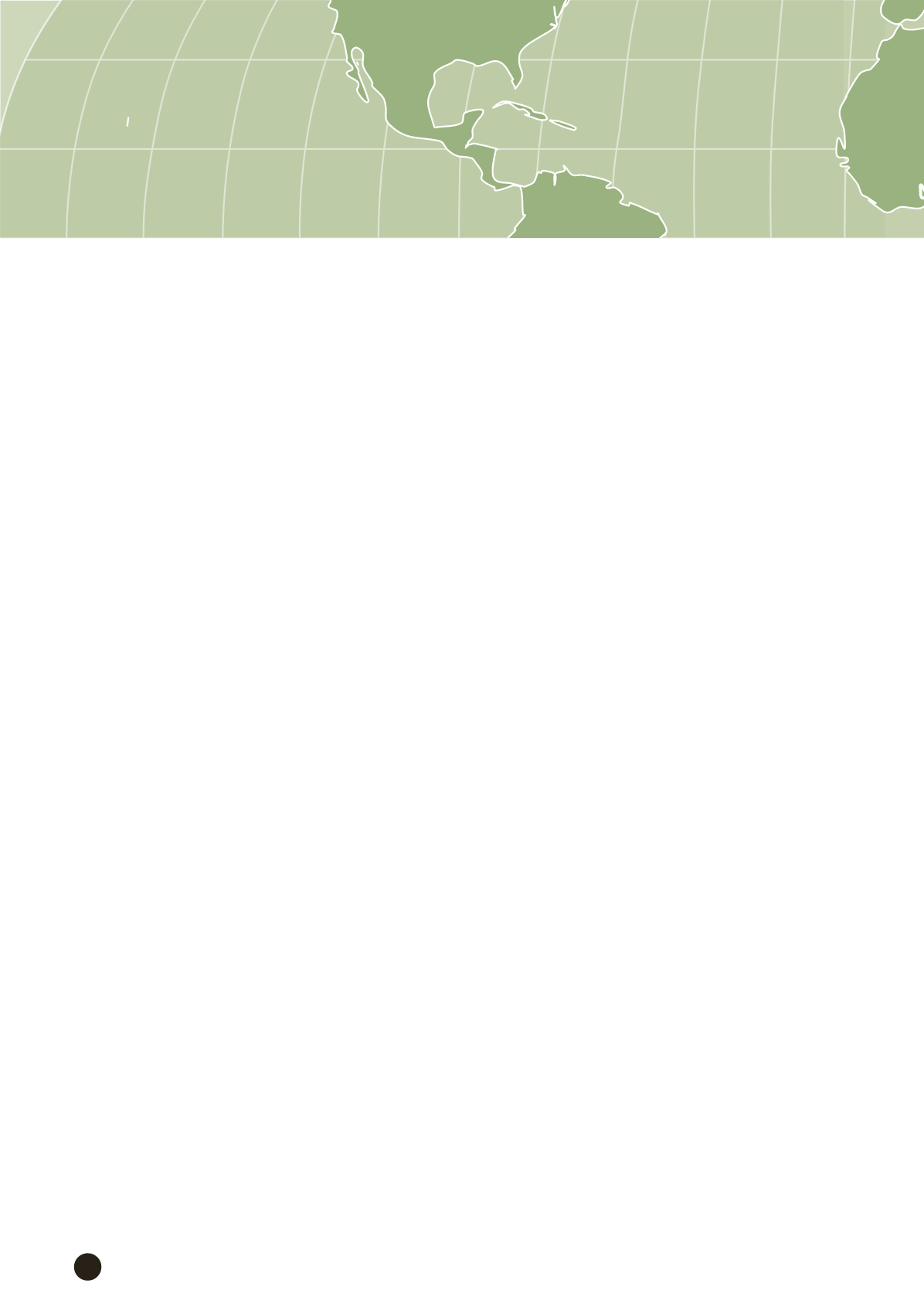

68
In recent years, the international community has
poured vast resources into development aid work. Though
significant results have been achieved, people in many
countries remain trapped in poverty, famine, disease and
persecution, urgently awaiting the international community
to lend a unified helping hand.
Years ago, the Republic of China (Taiwan) was able
to create an “economic miracle” thanks to aids from the
international society and the combined efforts of Taiwan’s
citizenry. This economic feat not only transformed our
country from an aid recipient to an aid provider; the “Taiwan
experience” is now an important model of success in the
international community. Since its founding in 1996 as
Taiwan’s official development assistance organization,
the International Cooperation and Development Fund
(TaiwanICDF) has been dedicated to international
cooperation and development work, using Taiwan’s
strengths and experience in economic development to
implement various cooperation projects. In response to
global development trends, we have been working to meet
the United Nations Millennium Development Goals (MDGs)
since 2000 and devoted ourselves to reducing extreme
poverty, hunger and child mortality, improving maternal
health, and ensuring environmental sustainability. As the
international cooperation and development paradigm
transitions from the MDGs toward the new Sustainable
Development Goals (SDGs), I am pleased to see that the
TaiwanICDF continued to ride international trends in 2015
and achieved important results in its strategic planning,
operational priorities and administrative management.
Looking ahead to 2016, the organization will remain
committed to its vision of partnerships for progress and
sustainable development in foreign aid work, and continue
along this thread as we open up a new chapter on the
2030 Agenda for Sustainable Development.
Responding to international development
trends, continuously improving organizational
efficiency
With regards to strategic planning, the TaiwanICDF
continues to refine our organizational structure and
performance management. By closely examining important
international agendas such as the UN SDGs and the
United Nations Framework Convention on Climate Change
(UNFCCC), we incorporated important goals and indicators
of international development into our strategic planning and
internalized them into a system of three-tier performance
indicators: “core strategy,” “development results” and
“operational effectiveness and organizational efficiency.”
These measures will ensure that the projects we undertake
respond to international trends and integrate seamlessly
with the international cooperation and development
framework.
Implementing the Sustainable Development
Goals usingTaiwan’s comparative advantages
In 2015, the TaiwanICDF planned and carried out a total
of 118 projects, covering areas such as agriculture, public
health and medicine, information and communications
technology, education, environmental protection, and
interdisciplinary work. In methodology of implementation,
we focused on deepening the content of these projects to
ensure sustainable development and applied quantitative
methods and qualitative analysis to evaluate the project
results. We customized the designs of the projects in
response to the needs of the specific regions or countries,
making every effort to ensure that all projects met the five
guidelines for action: ownership, alignment, harmonization,
managing for results, and mutual accountability throughout
the project cycle, from identification to post-evaluation.
Integrating public and private resources to
maximize project synergy
Financing for development has long been an important
issue in international cooperation and development,
and integration of domestic and international, as well as
public and private, resources is generally recognized
as one of the most effective solutions. Therefore, in
addition to strengthening effective use of existing
funds, the TaiwanICDF has also been actively seeking
opportunities for bilateral and multilateral cooperation with
the governments of our partner countries, international
organizations, non-governmental organizations, and the
private sector in aim to expand the available resources. In
2015, the financial resources provided by such partners
accounted for one quarter of the total funds allocated
to technical cooperation projects implemented by the
TaiwanICDF.
Strengthening cooperative partnerships,
leveraging resources for maximum effect
Over the past year, the TaiwanICDF has adhered to
its vision of partnerships for progress and sustainable
development, working with the European Bank for
Reconstruction and Development (EBRD) and with the
Central American Bank for Economic Integration (CABEI).
Such partnerships brought us to implement the Financial
Intermediary and Private Enterprises Investment Special
Toward 2030: Partnerships for Progress and Sustainable
Development
Looking Ahead


















